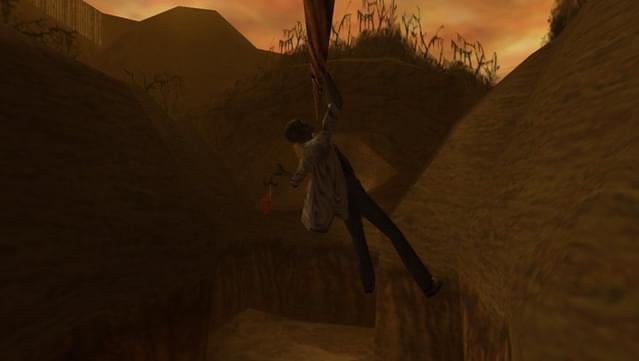

Open yourself up to meeting your shadow self head on. Try looking at those experiences as opportunities for growth, self-knowledge, and self-awareness. It is true that we often don’t enjoy surrounding ourselves with people who remind us of those qualities that we claim to abhor, but there is much to be learned here. Practice slowly getting in touch with those qualities that you are fighting so hard to repel and push out of your experience. Each time you find yourself giving in to these feelings of annoyance or irritation, instead ask yourself, “In what ways am I sloppy, cocky, etc.?”

In a similar vein, if you highly value a trait such as modesty, then it can be almost unbearable to be around a braggart. If you highly value one of your positive traits, such as being organized/orderly, then being around someone who is sloppy or unorganized can seem quite painful. Ask yourself why certain qualities are so bothersome to you? Do you find yourself tensing up or clenching your jaw when something “irritating” is said? Many things that annoy one person will have little to no effect on another. Notice what bodily sensations arise out of this experience. Try to mindfully pay attention to each time someone around you does something, says something, or “is” a certain way that irritates you or upsets you. We see for ourselves why people in glass houses shouldn’t throw stones.” We eventually see that we have a great deal in common with everyone else – including those we are tempted to judge harshly. Seeing all these contents, we gradually stop identifying with one particular set and rejecting the other. We see our anger, greed, lust, and fear along with our love, generosity, care, and courage. Every desirable and undesirable feeling, thought, and image eventually arises in meditation, and we practice noticing and accepting them all. “By illuminating how we construct our identity, mindfulness practice helps us recognize and accept our shadow moment by moment. Siegel (2010) aptly describes the benefits of this exercise: Picture a person who embodies these negative qualities vividly in your mind.Look at each positive quality that you wrote down – describe its opposite (e.g., unfeeling, stingy, dull, etc.).Make a list of 5 positive qualities that you see yourself as having (e.g., compassionate, generous, witty, etc.).In “The Mindfulness Solution,” Siegel provides a simple exercise to begin to identify your shadow self: Anyone who perceives his shadow and his light simultaneously sees himself from two sides and thus gets in the middle” (Jung, 1959, p. Once one has experienced a few times what it is like to stand judgingly between the opposites, one begins to understand what is meant by the self. Jung wrote, “To confront a person with his shadow is to show him his own light. If you think of your conscious awareness as that “light,” then consider the importance of casting the light onto the very darkest places inside your “house” (i.e., the self). 131).Īn important idea here is that the less awareness we have of the shadow self, the “blacker and denser it is.” For me, this calls to mind a mental image of a very dark area inside a house that never has any light cast on it.

Everyone carries a shadow, and the less it is embodied in the individual’s conscious life, the blacker and denser it is” (Jung, 1938, p. Jung wrote, “Unfortunately there can be no doubt that man is, on the whole, less good than he imagines himself or wants himself to be. Carl Jung, Swiss psychiatrist, called this the shadow. However, there is more to the self than just what we would like to see and what we tell ourselves we are like. We then internalize these reflections from others and take what “fits” with how we would like to see ourselves and reject what “doesn’t fit.” Through this process of filtering information, we (hopefully) form a coherent sense of identity in the world. People throughout our lives have given us direct and indirect information about who we are through what they see in us and how they respond to us. We are inextricably linked to the world around us – interconnected. We form this sense of self through repeated experiences in the world with others and through self-reflection. We all carry an image of ourselves in our minds of who we are, what we are like, and what qualities we have. “One must have chaos in oneself in order to give birth to a dancing star.” – Friedrich Nietzsche


 0 kommentar(er)
0 kommentar(er)
